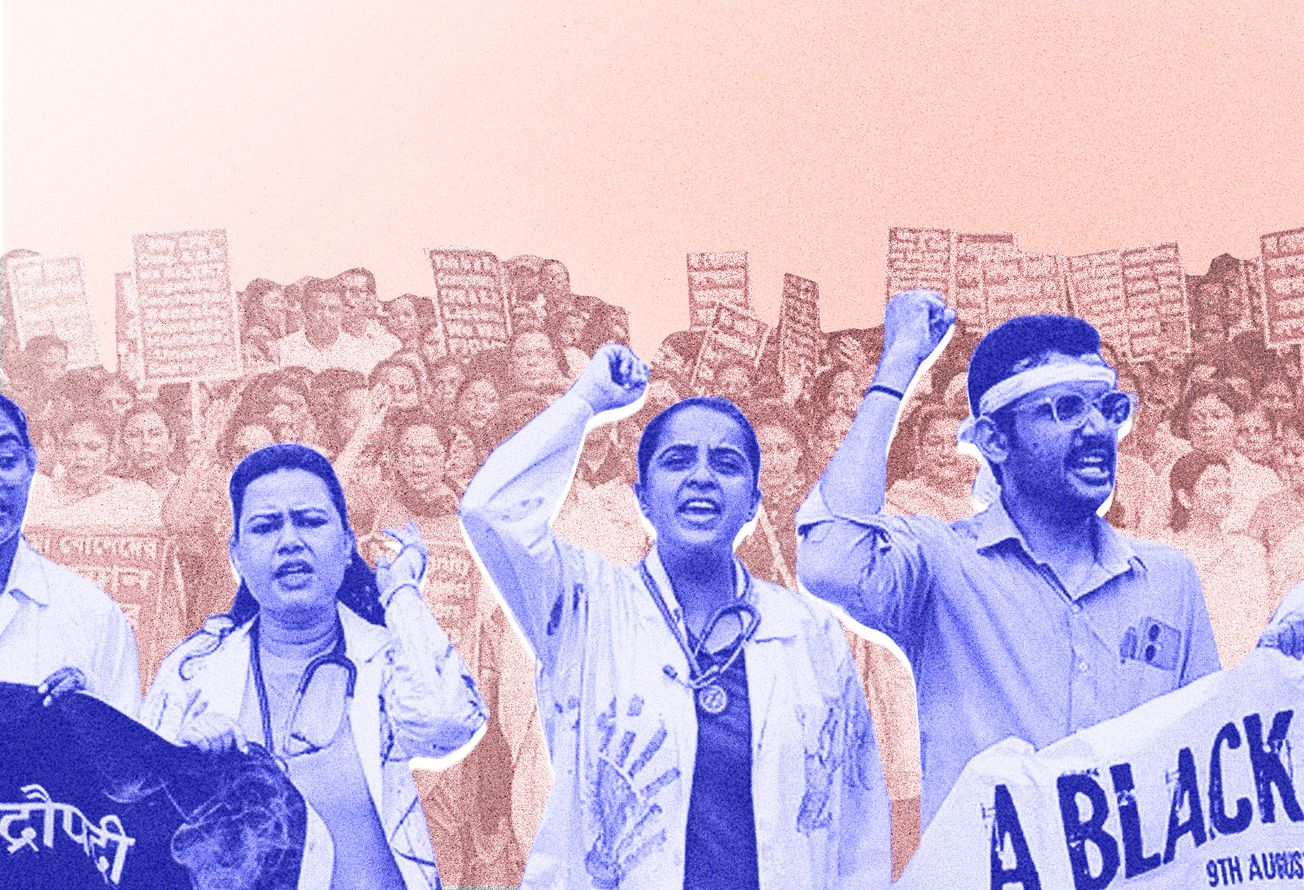Image Courtesy: Nadezhda Moryak
Cervical cancer is the fourth most commonly occurring cancer in women and the eighth most commonly occurring cancer overall. In India, it is one of the leading cancers affecting women, along with lung, mouth, and tongue cancer. The irony is that cervical cancer is also one of the two types of serious cancers that can be prevented through the early administration of a HPV (Human Papillomavirus) vaccine. (The other being liver cancer which can be prevented with the Hepatitis B vaccine). Yet very few know about its existence and efficacy. I myself discovered it recently when I went to see a gynecologist for a urinary tract infection.
The HPV Vaccine can be safely administered to those between the ages of nine to forty-five, guaranteeing safety from sexually transmitted diseases (STDs) caused by the Human Papillomavirus, and, by extension, cervical cancer. A 2020 report by WHO ranks cervical cancer second as a cause of death amongst women. The cancer also contributes to 9.4% of new cancer cases in India, making it the third highest contributor.
One of the major causes behind the spread of an HPV infection is sex. Though the chances are slimmer if you practice safe sex, transmission is possible even through minimal skin-to-skin contact, especially if one has been sexually active from a young age. However, this does not mean that it is still too late to get the vaccine.
The recommended age for an HPV vaccine candidate is eleven to twelve years, but in India it is usually delayed, or is seen as unimportant until a person gets married. Parents, who should ideally be the ones to think about this vaccine before children attain puberty, are too busy ignoring the latter’s sexuality, not accounting for the many “sleepovers” and “study discussions” that are more than what they seem to be.
In most Indian households where even the word “sex” is unmentionable, the HPV vaccine is very unlikely to be discussed. In schools, much of the sex education is inadequate and knowledge about this vaccine is not imparted. Instead of learning to love and cherish our bodies as we grow up, we are often forced to associate it with shame. Any mention of body parts related to reproduction are frowned upon because eventually they touch on that big taboo subject—sex. No surprise then, why people with uteruses lack awareness about cervical cancer. To make things worse, there is the stigma attached to being a cancer patient and suspicions of infidelity are cast on both partners.
There is hardly any effort by the government to raise awareness about the HPV vaccine. The general population seems to have very little idea about its existence. I carried out two surveys on Instagram with my followers asking them if they knew about the vaccine. Out of 169 folx who answered, 113 (67%) did not know about the vaccine. In the next survey, out of 157 folx, 111 (71%) did not know that it could be prevented.
In her documentary ‘Something Like A War’, Deepa Dhanraj very accurately portrays state sponsored misuse of power when it comes to women’s sexual health. She covers the 1970s sterilization programmes, where women were forced to agree to dangerous surgeries for the insertion of contraceptive devices like the copper-T. The stories of the many infections and profuse bleedings that followed were all conveniently ignored. The documentary is proof of a government that only views women as birthing machines—our value is equivalent to our capacity for reproduction (when convenient to the State).
Since then, regimes have changed, but the situation of women’s healthcare is still deplorable, and the apathy with which authorities deal with it still hasn’t changed.
Polio and Tuberculosis are two dangerous diseases that affect the general population. Looking at government responses to both these diseases would make the systemic betrayal in the case of cervical cancer clearer.
By January 2014, the WHO declared that India was free from cases of the wild poliovirus. Being a disease that affects the entire general population, the treatment was quickly dished out, with awareness campaigns and vaccine drives that are spread all over the country. Most importantly, there are many rules in place to ensure that children receive the medication, and that parents are aware of this medication to prevent the disease altogether.
As for Tuberculosis, in 2018 Prime Minister Narendra Modi had announced plans to eradicate the disease by 2025—five years earlier than the original plan. Although the onset of the Pandemic makes this goal seem impossible, there is some awareness about the disease, and the government has tried (to an extent) to ensure that treatment and medications are made available at subsidised rates; there is also a money transfer scheme.
The question of affordability with regard to the HPV vaccine is a clear indication of class and caste divides. ‘Gardasil’ is a patented medicine from the US. It is administered in three doses of 0.5ml each and costs a minimum of Rs. 3000 per shot. Workplaces and schools don’t talk about this or cover the cost, and neither does the government budget for it.
There has been a very convenient, systemic exclusion of uterus owners' health from priority issues in public health.
Talking about cervical cancer and its detection, being more open about sex education, and sharing more knowledge about our own bodies as people with uteruses can help minimize the risk of cervical cancer. Perhaps, if the vaccine were to be first publicized as something that can be really useful to men as well to prevent genital warts, penile cancer, anal cancer, and the spread of HPV to others, there’d be more of a concerted effort to create awareness about it?
Disclaimer: This article has been published for informational purposes only and has not been written by a medical professional. It is not intended to be a substitute for professional medical advice. Always seek the guidance of a doctor or a qualified health professional with any questions you may have regarding your health or a medical condition.










